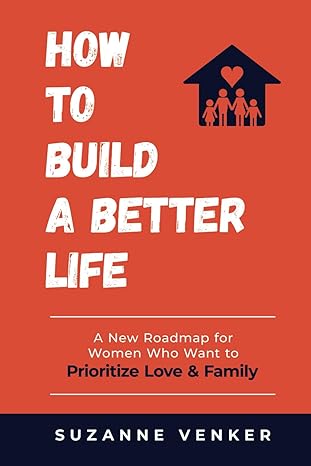From the think tank the Other Half
Changing the conversation on child care: from what’s good for GDP, to what’s good for mothers and infants
In Westminster, the discussion on child care focuses on getting mothers back into the workplace as soon as possible. Caring for children is described as a ‘burden’[i] and motherhood as a ‘penalty’ for women in the workplace.[ii]
The presumption of governmental budget reforms and most current policy discussion is that putting children into formalised institutional childcare is the best solution for the Gender Pay Gap and resolving female ‘economic inactivity’.
In the Spring Budget of March 2023, Chancellor of the Exchequer, Jeremy Hunt, announced major reforms to English childcare funding in a bid to get more mothers back into the workforce. As of September 2025, infants as young as 9 months old will be eligible for 30 hours free childcare, provided their parents are in work. It’s likely that Labour will pursue a similar policy should they win the 2024 General Election.
Too little attention is paid to why women leave the workforce or reduce their hours after having children
Although childcare costs are a major factor constraining women’s choices about work, many other factors are at play. Many UK families now find they need two full time incomes to cover housing costs. And women still struggle to find part time work which pays well, despite a continuing push for flexible working.
A 2019 survey found that, of families who use no childcare at all, only around a fifth cited the affordability of childcare as the primary reason. Nearly three quarters said it was because they preferred to look after their children themselves.[iii]
Recent polling has found that 55% of mothers of children aged 0-4 years who are currently working part time would not increase their hours to full time, even if there were no barriers to doing so.[iv] For over half of mothers, then, the push to get them back into full time work is not in their best interests.
Current policy does not accommodate for the variety of childcare arrangements used by families
Governmental childcare subsidies will only cover formal childcare settings: regulated, Ofsted-approved nurseries or childminders. However, extended family serves as the primary source of additional childcare for 52% of parents, and nearly one fifth did not use any form child care beyond themselves.[v]
The families who prefer to use more informal childcare arrangements or who choose to have one parent stay at home during the early years will not benefit from this policy change.
We want government policies to work in the best interests of women.
Key questions we are exploring:
– What implementable policies would best support mothers during the early years of their children’s lives?
– How can the government and workplaces best support parents who choose to leave the workforce or reduce their hours whilst their children are young?
– How might the government best support families who use informal forms of childcare?
– How can we shift the narrative away from a focus on GDP to a focus on the interests of mothers and their children?
How can I get involved?
If you’re a mother of children aged 0-4 years and you live in England, please consider filling in our survey.
We would love to hear how you feel that the government can best support you and your family in this crucial period of early development.







Commentaires récents